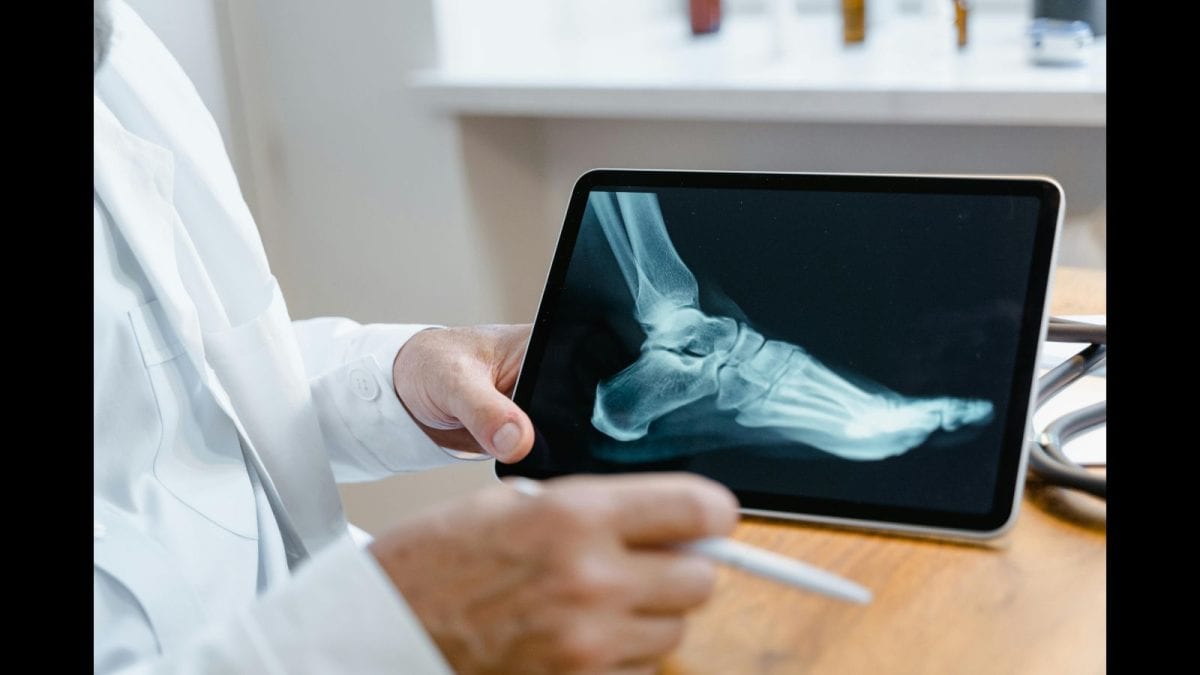Last Updated:
Microplastics are known to disrupt hormones that regulate the balance of calcium and vitamin D, which are essential nutrients for strong bones.

Microplastics may disrupt bone strength and density.
In recent years, microplastics, particles smaller than five millimetres, have become a growing global concern. Once thought to be only an environmental issue, they’re now being found in human blood, lungs, and even the placenta. But new research hints at a worrying frontier – your bones. Scientists are beginning to explore how these invisible pollutants might interfere with bone strength, density, and regeneration, potentially increasing the risk of osteoporosis or early bone weakness without you ever realising it.
The Invisible Intruders In Your Body
“Microplastics have infiltrated food, water, and even the air we breathe. Once inside the body, they can trigger oxidative stress and inflammation, processes that disrupt normal bone metabolism,” says Dr. Ashwani Maichand, Director – Dept of Orthopaedics at the CK Birla Hospital, Delhi.
This oxidative stress can interfere with the natural balance between bone formation and breakdown – the key cycle that maintains skeletal health. Over time, that imbalance can reduce bone density and mineralisation. “Laboratory studies also suggest that microplastics can disturb hormonal balance and interfere with calcium absorption, both essential for maintaining skeletal strength,” Dr. Maichand adds.
How Microplastics May Weaken Bone Health
Microplastics are nearly impossible to avoid as they are found in everything from bottled water to seafood and even household dust. Once inhaled or ingested, they can travel through the bloodstream and accumulate in organs. “They can build up in the bone marrow, and this can interfere with how bone cells grow and repair themselves,” warns Dr. Dheeraj Bhateja, Senior Consultant – Ortho Spine Surgery, Artemis Hospitals.
When these foreign particles cause inflammation and oxidative stress, the body’s ability to produce new bone slows down. This disruption may silently weaken bone structure, making it more fragile over time. “Microplastics are also known to affect hormones that control the balance of calcium and vitamin D. That imbalance, combined with a sedentary lifestyle or poor nutrition, could quietly lead to lower bone density or osteopenia,” Dr. Bhateja adds.
What You Can Do To Protect Yourself
While research is still ongoing, experts agree that the early findings are concerning enough to warrant preventive steps. “Avoid heating food in plastic containers, reduce bottled water intake, and choose fresh, unpackaged produce whenever possible,” advises Dr. Maichand.
Dr. Bhateja recommends simple, sustainable habits: “Drink filtered water, skip microwaving in plastic, and prioritise a balanced diet rich in calcium and vitamin D. Taking care of your bones may now also mean protecting yourself from the effects of microplastics you can’t see.”
Microplastics may be invisible, but their potential to influence bone health is anything but negligible. While science continues to uncover the full scope of their effects, awareness and daily caution can go a long way in reducing exposure.
Delhi, India, India
November 02, 2025, 13:26 IST







